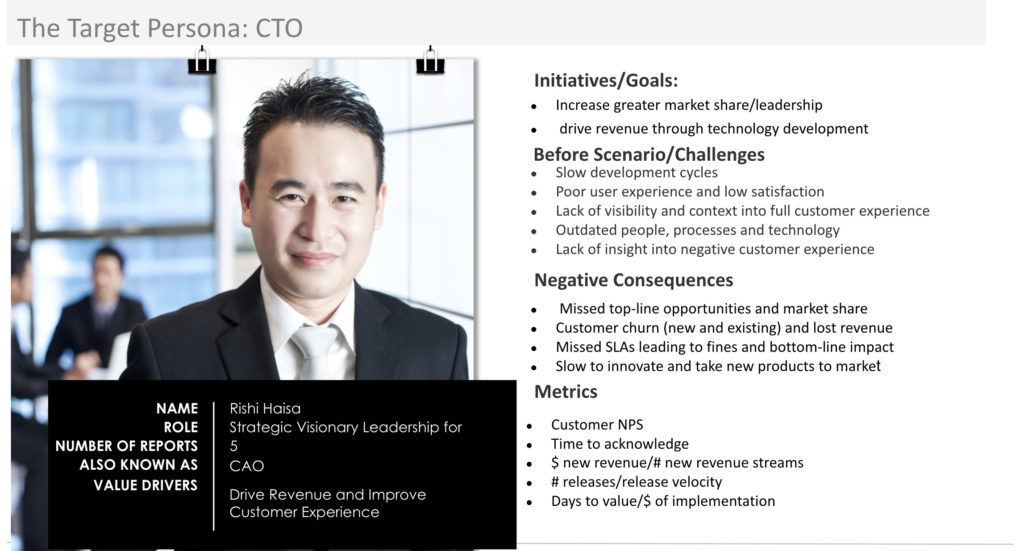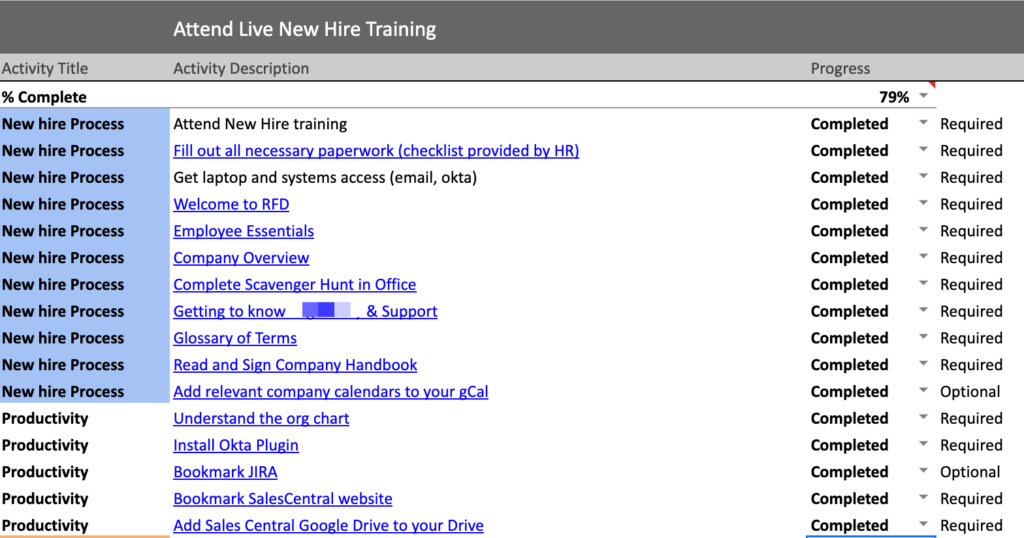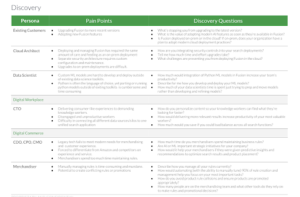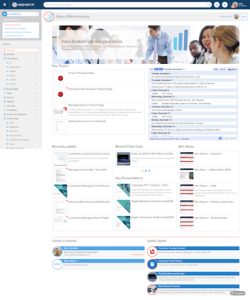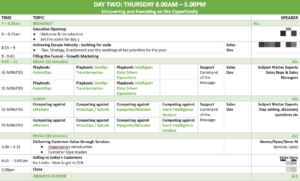The ROI of a strong onboarding program is huge in two main ways:
- Your biggest investment (the employee) gets to full productivity quicker
- Employees feel valued and invested in from the moment they start making them more successful and improving retention
The best onboarding programs consist of a series of activities, both self-paced, virtual and in-person that progress them through a measurable set of activities that arms them with the knowledge and skills they need to succeed in their role at their company. The specific content is customized by role and varies depending on the competencies they need to attain.
Manager Involvement
Alongside the enablement function, the hiring manager is the most critical factor in the new employee’s success. Without their attention and participation, the new hire is unlikely to reach proficiency as effectively. Any onboarding program involves tracking and measuring, but it also must provide visibility to the manager on the progress of their hire, and include the managers and leadership in onboarding activities to demonstrate commitment to their success.
Any enablement program includes manager coaching to ensure they’re equipped to enable their team without the direct participation of the enablement team, and as they’re closest to the employee throughout their tenure, they’re best equipped to identify if there are gaps that need addressing.
Content development
Enablement’s function in building out the new hire training is part content development, and part program management. Because enablement is not the subject matter expert (SME) in many areas of training, the enablement function serves as a hub to identify SMEs, capture knowledge, build content frameworks and review with stakeholders to ensure accuracy.
In enabling multiple roles, thought must be given to how to develop content most efficiently to serve multiple audiences. Structuring a new hire class for revenue roles (sales, SDR, customer success, SE) involves developing a content architecture of modules that can be remixed to support all the roles. For example, positioning and messaging content should be shared with all roles, but demoing enablement is more limited in scope.
Measurement
There are two types of measurement in onboarding.
- Success at completing training: this means have they completed elearning modules, attended new hire class, passed quizzes, effectively delivered the pitch, demoed the product etc. These are all important, but incomplete measurments of the program’s success
- Outcomes: using the example of a sales rep: did they ramp on time? How much pipeline are they generating? What is their time to first deal? Are they progressing deals effectively and efficiently. What’s the conversion rate from stage to stage. And EVENTUALLY (because in enterprise sales it can be a long lagging indicator) what’s their close rate etc.
